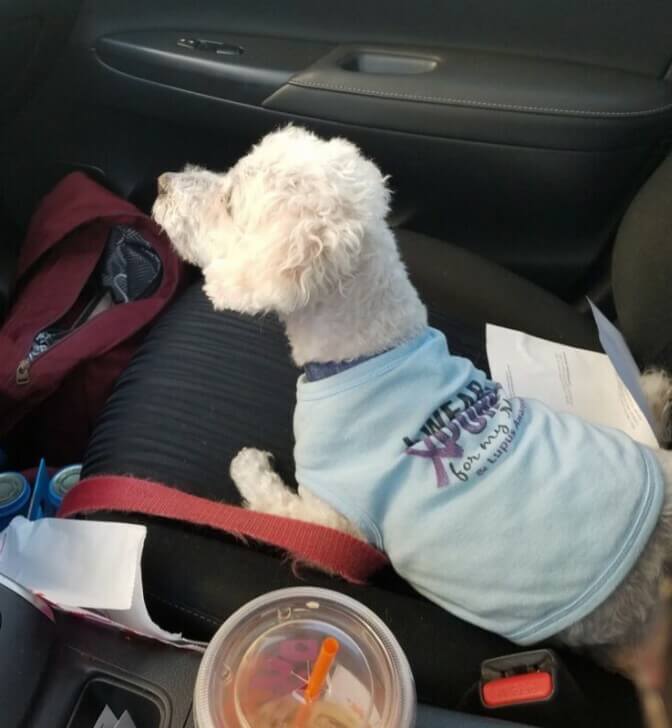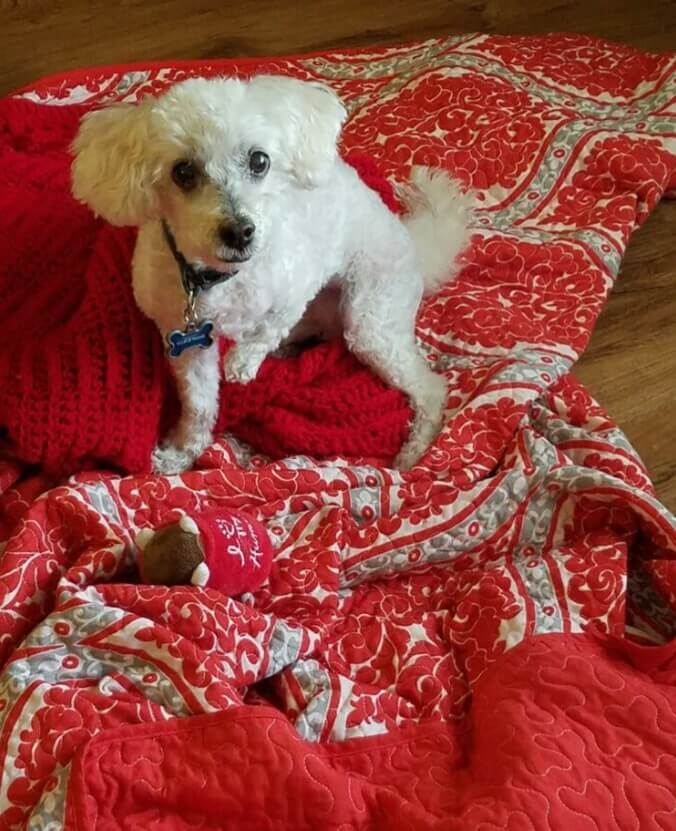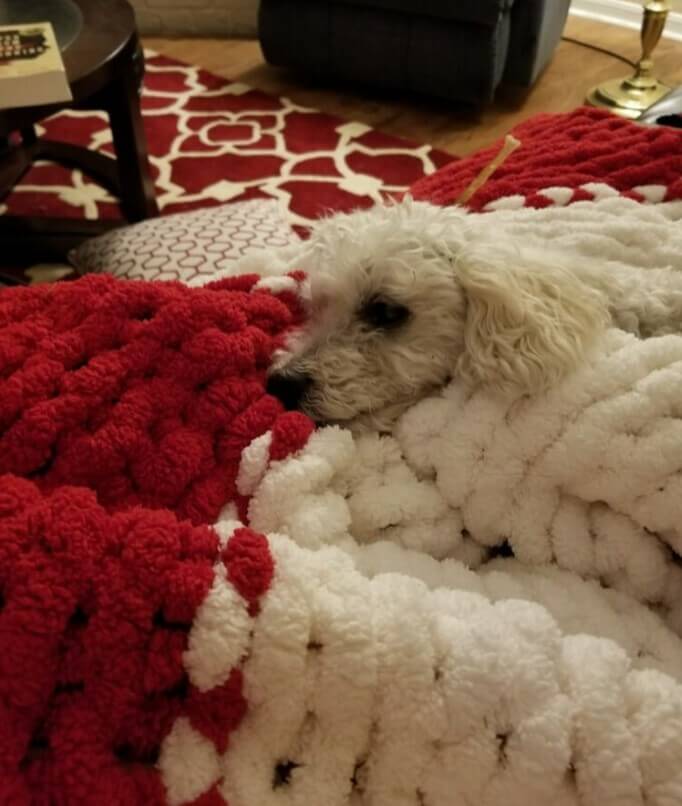The Resilient Journey: Embracing Empathy and Support through a Three-Legged Rescue Dog
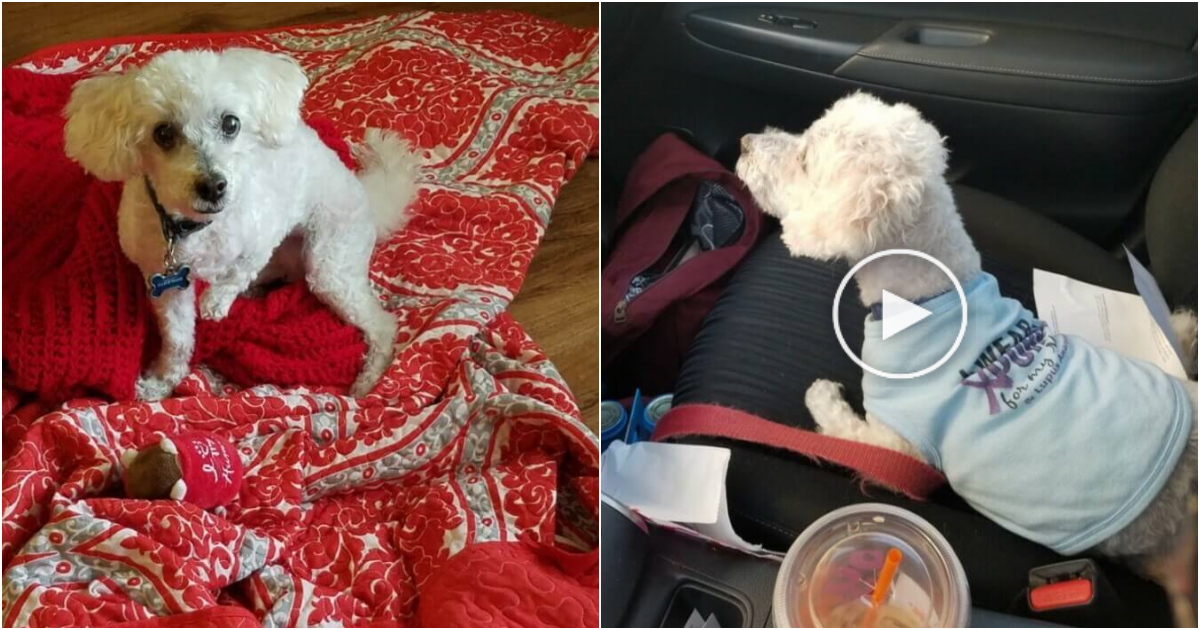
Living with a chronic condition can often be a lonely journey, but many individuals have discovered solace and support through their rescue dogs. Sometimes, two misunderstood souls from different species find completeness and understanding in one another. Meghan Beaudry, for instance, shares her story of how rescuing a three-legged dog helped her cope with her own disability, lupus.
Beaudry’s heartfelt essay recounts her encounter with Wilbur, a miniature poodle missing a front paw. She first saw his photo on an animal shelter’s website while on a lunch break at work. Intrigued, she decided to visit the shelter and meet the pup in person. As she held him in her arms, Wilbur nestled against her, seeking comfort and safety. It was as if he had found a lifeline, unwilling to let go.
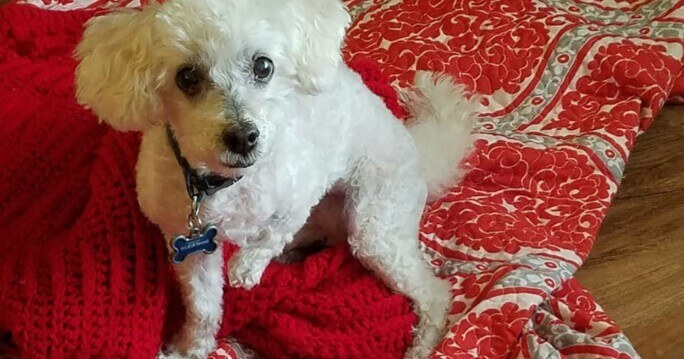
According to the shelter employee, Wilbur had been adopted and returned several times. Beaudry herself knew firsthand what it felt like to be misunderstood, as doctors often dismissed her legitimate concerns before her lupus diagnosis. Lupus is notoriously challenging to diagnose, and young women frequently struggle to be taken seriously when it comes to medical issues. Beaudry visited seven doctors before finally receiving her diagnosis, but by then, she had already developed life-threatening inflammation in her brain.
“I brushed aside the dog’s hair to look into his eyes. A silent agreement passed between us. We would never reject each other.”
Love and Lessons from Wilbur
In addition to the physical pain and exhaustion caused by lupus, Beaudry also experienced the emotional pain of rejection. When she met Wilbur and brought him home, she felt an immediate connection between the two of them.
“Unlike my invisible disability, Wilbur’s disability was obvious. In addition to his amputated leg, scars crisscrossed his back… But Wilbur’s deepest scars lingered far beneath his skin. During our first few years together, he hopped after me as I walked from room to room in my house, afraid to let me out of his sight. If a door shut between him and me, he would cry and scratch the paint off until I opened it. His favorite place was sitting upright in my lap, his legs wrapped around my neck in a doggie hug.”
Wilbur’s limp made him walk a little slower, something that Beaudry herself needed as well. Wilbur needed someone who understood him, and Beaudry needed emotional support. They were the perfect match.
“The parts of our disabilities that made others reject us made Wilbur and me perfect for each other. When the fatigue of my illness forced me to spend the day stuck in bed, Wilbur snuggled beside me, overjoyed to have someone to hug all day long. Due to his limp, Wilbur walked at a pace that didn’t tire me out.”
Wilbur also taught Beaudry that no one should have to suffer in silence. She realized that she had been hiding her disability as if it were a shameful secret, and had stopped reaching out for help when she needed it. But Wilbur never hesitated to ask for whatever he needed. He would jump into her lap to demand a hug whenever he wanted one and would approach strangers, nudging their hands with his nose until they petted him. If this scrappy three-legged dog could inspire such love from others, maybe she was worthy of love too.
The writer credits her ability to be more open and honest about her feelings to her rescue dog. Years after Beaudry adopted him, Wilbur no longer fears being left behind again.
“Self-doubt and fear of rejection still creep into my thoughts from time to time. But fortunately, I know just who to turn to when I need a hug.”
Beaundry’s essay beautifully captures the transformative power of the human-animal bond and the strength that can be derived from the companionship of a rescue dog. Wilbur and Beaundry’s story is a testament to the healing and comforting presence that a four-legged friend can provide in the face of adversity.

